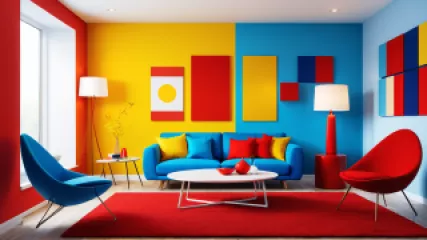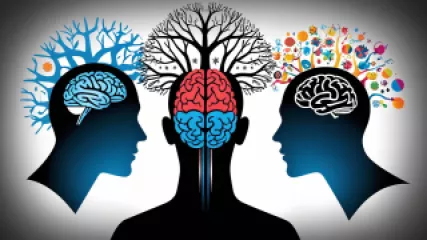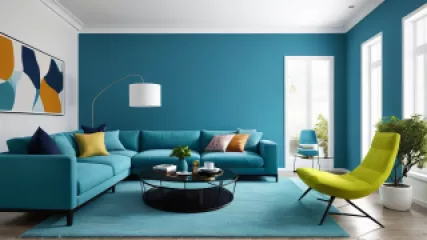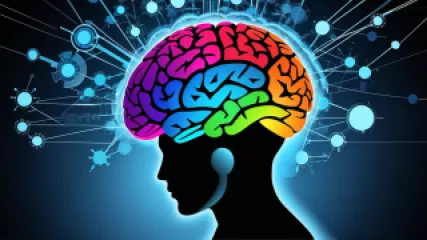What 'Inside Out' Can Teach Us About the Psychology of Color in Interiors
1 anno fa
Psicologia del Colore negli Interni
Expert Insights: Mastering Time Management Through Psychology
1 anno fa
Psicologia della Gestione del Tempo
Combating Depression in Elderly: An Expert Interview
1 anno fa
Depressione negli Anziani
How Can Mindful Listening Improve Communication?
1 anno fa
Benefici dell'Ascolto Consapevole
Exploring the Foundations of Psychology: A Step-by-Step Guide to Understanding the Emotional Well-Being
1 anno fa
Fondamenti di Psicologia
The Ultimate Guide to Psychological Theories of Intelligence
1 anno fa
Teorie dell'Intelligenza
The Psychology of Effective Time Management
1 anno fa
Psicologia della Gestione del Tempo
10 Best Mental Health Programs for Elderly with Depression
1 anno fa
Depressione negli Anziani
The Vital Role of Mental Health Breaks: An Interview with a Recovery Expert
1 anno fa
Importanza delle Pause per la Salute Mentale
Top Self-Soothing Techniques for Relaxation
1 anno fa
Tecniche di Rilassamento
10 Powerful Strategies to Build Resilience in Young Children
1 anno fa
Costruzione della Resilienza nell'Infanzia
The Ultimate Guide to Overcoming Addiction
1 anno fa
Dipendenza
How Color Psychology Can Transform Your Home Interiors
1 anno fa
Psicologia del Colore negli Interni
What Are the Fundamentals of Psychology?
1 anno fa
Fondamenti di Psicologia
Time Management Mastery: An Interview with a Productivity Expert
1 anno fa
Psicologia della Gestione del Tempo















